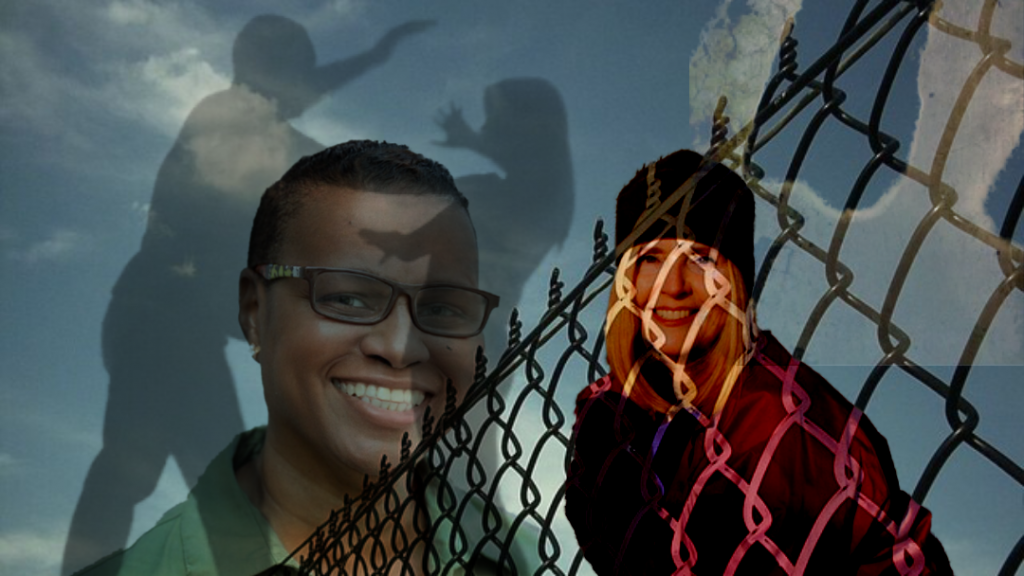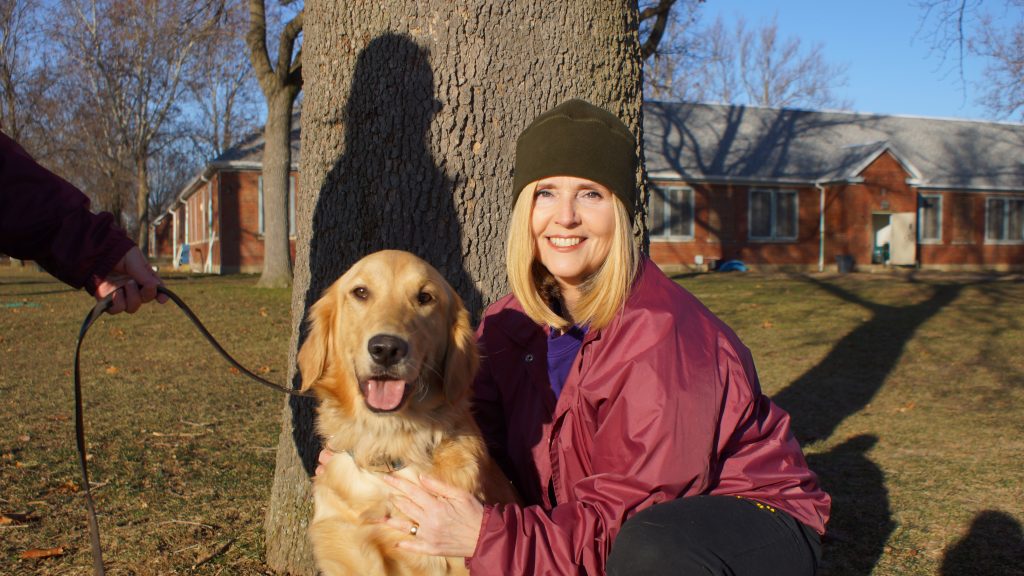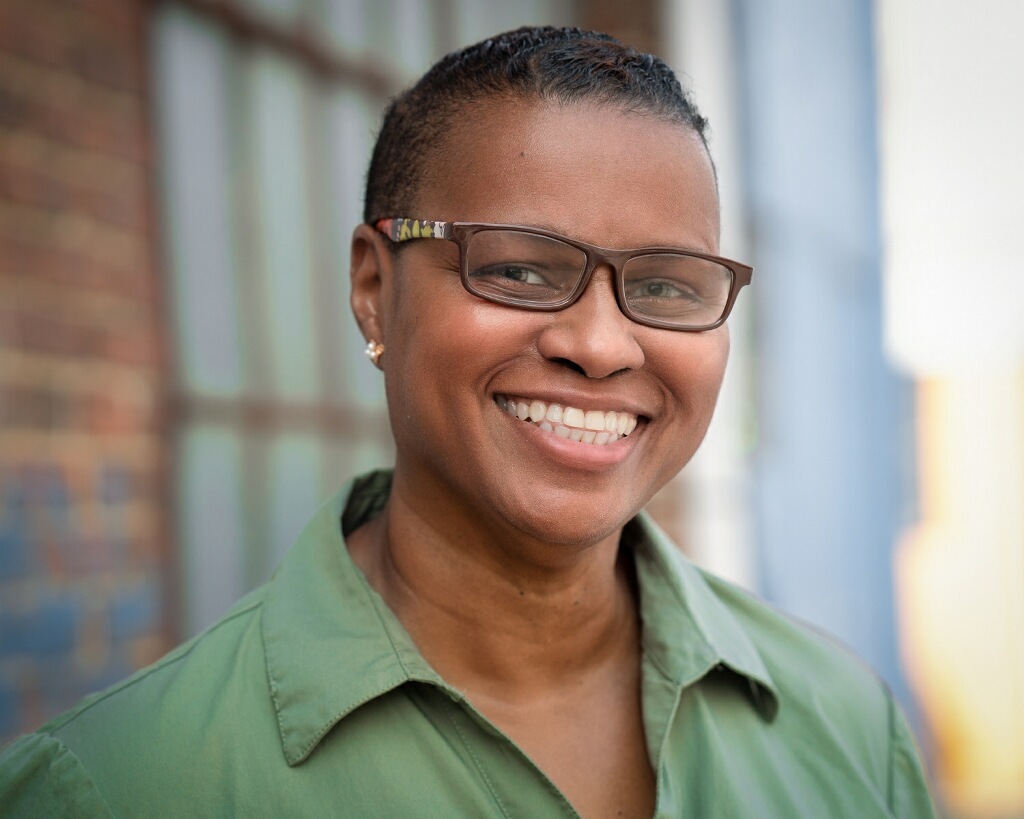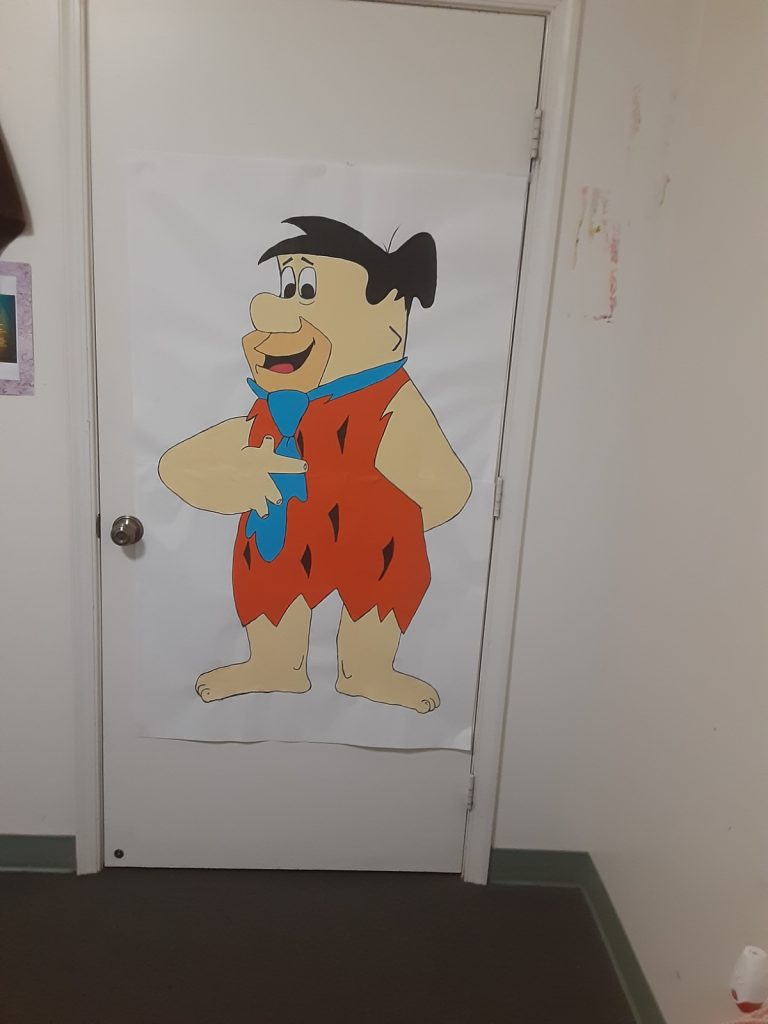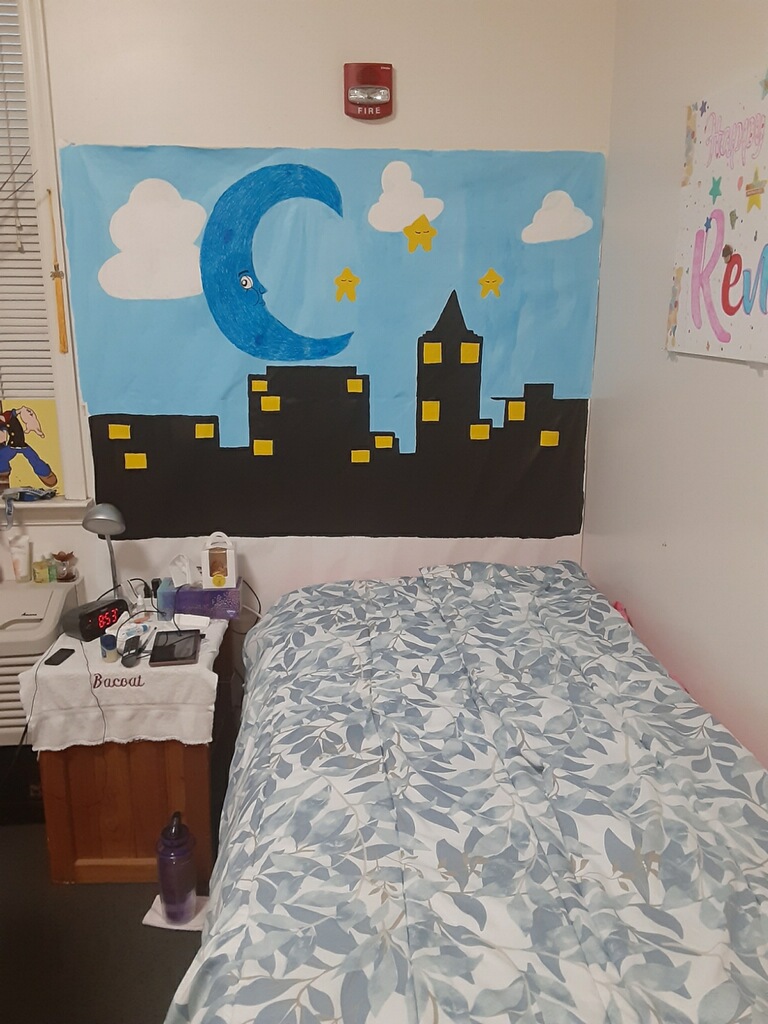A visionary website is launched
by Diana Block and Nadya Tannous

On Sunday, March 21, 2021, a powerful virtual art exhibit featuring art from incarcerated and formerly incarcerated people in occupied Palestine and the U.S. was launched. “Art Against Imprisonment – From Palestine to the U.S.” grew out of a history of active solidarity between movements against imprisonment in the U.S. and Palestine. It is a testament to the creativity, imagination and brilliance of the many people who resist the invisibility, isolation and repression of prisons and claim a liberated space through their art.
The exhibit was first proposed by Addameer Prisoner and Human Rights Association as a physical touring art show in fall 2019. With the emergence of the COVID pandemic, which shut down in-person activities across the globe, the coalition of groups that had first committed to working on the in-person show shifted it to a virtual art exhibit.
Milena Ansari, international advocacy officer for Addameer, described Addameer’s goals for the art show: “We wanted the exhibit to inform the public about the international scope of prisoner resistance to oppression and injustice.”
According to Ansari, the virtual platform actually has many advantages: “It allows prisoners a continuing platform to exhibit their artwork and creativity and enables many more people around the world to appreciate their art. It also facilitates sharing updates on issues concerning prisoners in Palestine and the U.S and builds an ongoing connection among all of our solidarity groups.”
To bring the virtual art exhibit to life, five U.S.-based organizations came together to work collaboratively with Addameer: Arab Resource and Organizing Center (AROC), California Coalition for Women Prisoners (CCWP), Freedom Archives, Palestinian Youth Movement (PYM) and U.S. Palestinian Community Network (USPCN).
Our organizations have all been involved in the fight to dismantle the carceral systems that uphold white supremacist, colonial power. We’ve seen how the U.S. and the Israeli apartheid state have closely cooperated in the development of their prisons over the course of the last 60 years.
They have joined forces to devise similar methods of carceral control, such as interrogation, torture, solitary confinement, child imprisonment, family separation, sexual violation and enveloping surveillance techniques. They have also shared their strategies and resources with many other countries, using those incarcerated as proxies for experimentation.
Art by incarcerated people confronts the U.S. and Israeli apartheid state regimes of oppression and injustice. Art breaks down barriers, walls, gender norms, languages and, in many cases, the social and political infrastructures that are used to separate our struggles.
In an essay marking the 50th anniversary of the Black Panther Party in 2018, Ahmad Sa’adat, Palestinian political prisoner and general secretary of the Popular Front for the Liberation of Palestine (PFLP), wrote: “Prisons exist for a reason, for the needs and interests of those with power … where there is occupation and colonization, there will be prisons and all of the laws and legal frameworks erected to legitimize exploitation, oppression and injustice and criminalize resistance and liberation.”
Art by incarcerated people confronts these regimes of oppression and injustice. Art breaks down barriers, walls, gender norms, languages and, in many cases, the social and political infrastructures that are used to separate our struggles. It has inspired solidarity between our movements against imprisonment and toward collective liberation.
To create the exhibit, our groups solicited submissions from incarcerated and formerly incarcerated people and their families across Palestine and the U.S. We received art in many formats and mediums, representing the tremendous variety of ways that people in prison devise to express themselves and their politics.
There are distinct sections for paintings, drawings, quilts and embroidery, poetry, pottery, prayer beads and art objects and calligraphy. As visitors to the website, we urge you to explore the work in order to fully appreciate this unique collection of artistry across borders and mediums.
Other sections of the website provide short biographies of the artists, resources on imprisonment and suggested actions that the visitor can take to fight imprisonment in Palestine and the U.S. All pages of the website are presented in both English and Arabic with a Spanish version coming soon.
Our group collectively envisioned the logo for this art exhibit, created by Heba Hamarshi from Addameer. The logo represents a common commitment to break through the prison walls with the fist of (self)-determination and the spirit of sumud – steadfastness.
Handala, the child standing with their hands clasped behind their back, was first created by Palestinian artist Naji Al-Ali in 1969 to represent the forced displacement of Palestinian people from their homeland. Handala has become a Palestinian national symbol of resistance and has grown to have a global significance. Naji Al-Ali wrote that Handala “was the arrow of the compass, pointing steadily towards Palestine. Not just Palestine in the geographical terms, but Palestine in its humanitarian sense – the symbol of a just cause, whether it is located in Egypt, Vietnam or South Africa.”
The “All Power to the People” fist, designed and popularized by Frank Cieciorka in the mid-1960s, has become a symbol not only of the Black Liberation Movement, but for global resistance and liberation.
Hafez Omar, an award-winning Palestinian artist, was imprisoned in 2019 for the “crime” of inspiring people through his art.
The launch event for the website featured moving presentations by some of the website’s artists and their family members. Kevin Cooper, who was wrongly convicted and has spent over 30 years on California’s death row, sent an impassioned statement to the event.
He wrote: “As the oppressed African Americans over here are being shot by the police for any reason and no reason at all, the same is being done to the people of Palestine by the police and military over there … They are forced to live against their will in the world’s largest open-air prison, the Gaza strip, yet they keep their dignity, their will to live and their self-respect intact.” Kevin Cooper has two paintings in the exhibit – one titled “Free Gaza,” spotlighted on the website’s landing page, and a portrait of Bob Marley.
Linda Evans, who served 16 years in U.S. federal prisons for anti-imperialist actions, described the importance of getting art materials in prison: “Being able to access color in the drab and uniform surroundings of prison really made a difference to my mental state.”
She described how mothers were able to communicate with their children by making them a drawing or a toy. “I view solidarity with Palestine as a bottom-line principle of anyone who is striving for international global liberation,” she asserted.
Shukri Abu-Baker is serving 65 years in prison in the U.S. for the crime of giving money to Palestinians as part of the Holy Land Five case.
Anmar Rafeedie, a cultural worker and longtime member of El-Fanoun Palestinian Dance Troupe, explained that growing up, her home was filled with art from her parents, which they had made while they were in prison. “Art resurrects life, which is why when they want to install collective punishment in colonial Israel prisons, they take away artistic tools, such as beads and strings, which prisoners would use to make gifts for their loved ones.”
Naima Shaloub, a U.S.-based Lebanese vocalist, brought the power of music to the event when she performed a song called “Roumieh Prison Blues.” She wrote the song with incarcerated men in Lebanon’s Roumieh prison when she visited.
Nida Abu-Baker spoke emotionally about her father, Shukri Abu-Baker, who is serving 65 years in prison in the U.S. for the crime of giving money to Palestinians as part of the Holy Land Five case. When she was growing up, her father painted murals all over their house. “Now, every time something major in our life happens, he’ll send us something to cheer us up and to cheer himself up. Events like this one today make him so excited and so happy because he knows that his voice is actually going to be heard, even though he’s in a small prison cell.”
Hafez Omar, an award-winning Palestinian artist, was imprisoned in 2019 for the “crime” of inspiring people through his art. Among his many political posters, he had created many in solidarity with prisoners, including his brother. As a prisoner himself, art took on a new dimension. Hafez explained, “To keep drawing inside the prison was my simplest way to say you’re not winning over me. I’m not defeated, I’m still drawing, I’m still doing the thing that you took me to prison for.”
Oscar López-Rivera, a Puerto Rican former political prisoner who served 36 years in U.S. prisons, concluded the event. “As we become creative, we also transcend some of the negative spaces that we have within our minds. We transcend a lot of the insecurities that we have within ourselves as a colonized person.”
Oscar called on everyone to support imprisoned artists and to grow the art exhibit. “I hope that we will be able to come together again just like we have today. And little by little solidarity will grow among all of us. I believe in reciprocal solidarity and we need to maintain a very close connection with Palestine!”
In the coming months, “Art Against Imprisonment” hopes to take up Oscar’s call to expand the art exhibit, reach out to more artists, their loved ones and advocates, and strengthen the reciprocal solidarity between our struggles for freedom and liberation.
For more information, please visit our website at https://artagainstprison.org, like and share our social media pages @artagainstimprisonment and please email us at artagainstimprisonment@gmail.com.
Diana Block is a member of the California Coalition for Women Prisoners and Nadya Tannous is a member of the Palestinian Youth Movement. Reach them by email at artagainstimprisonment@gmail.com and follow @artagainstimprisonment on social media.

